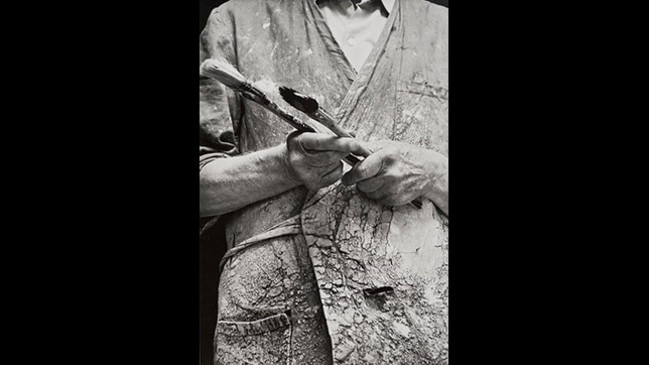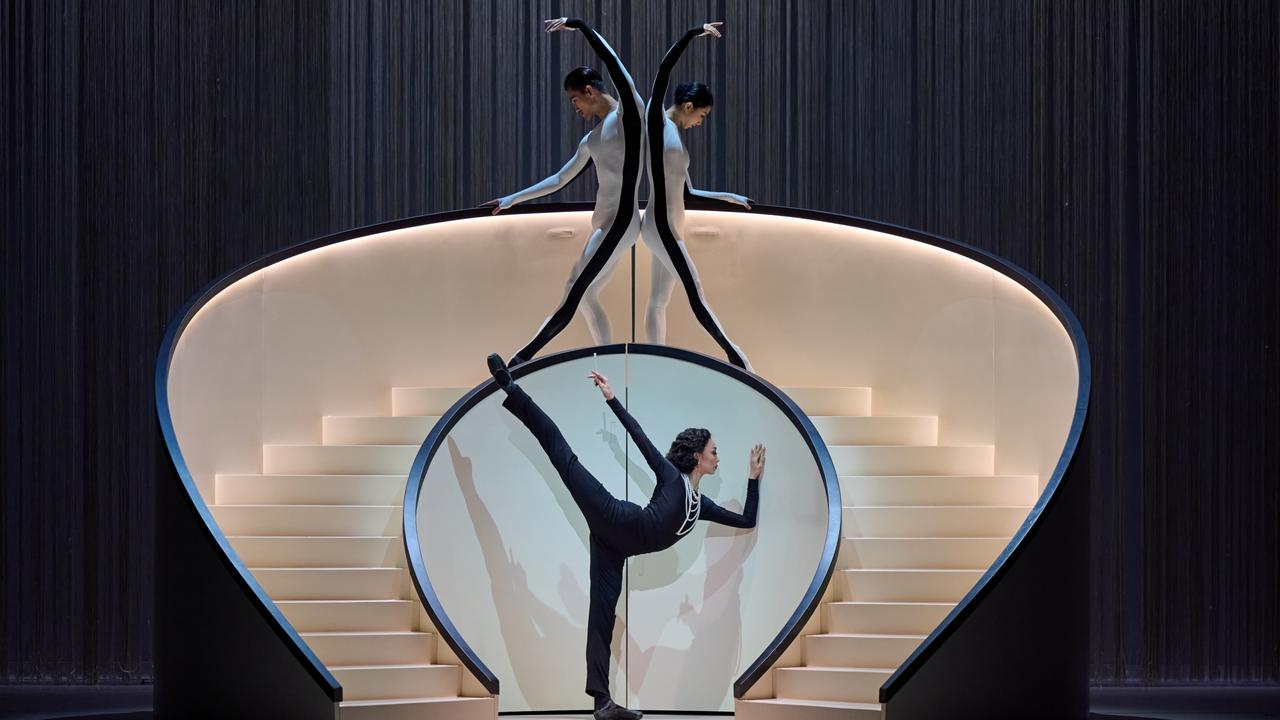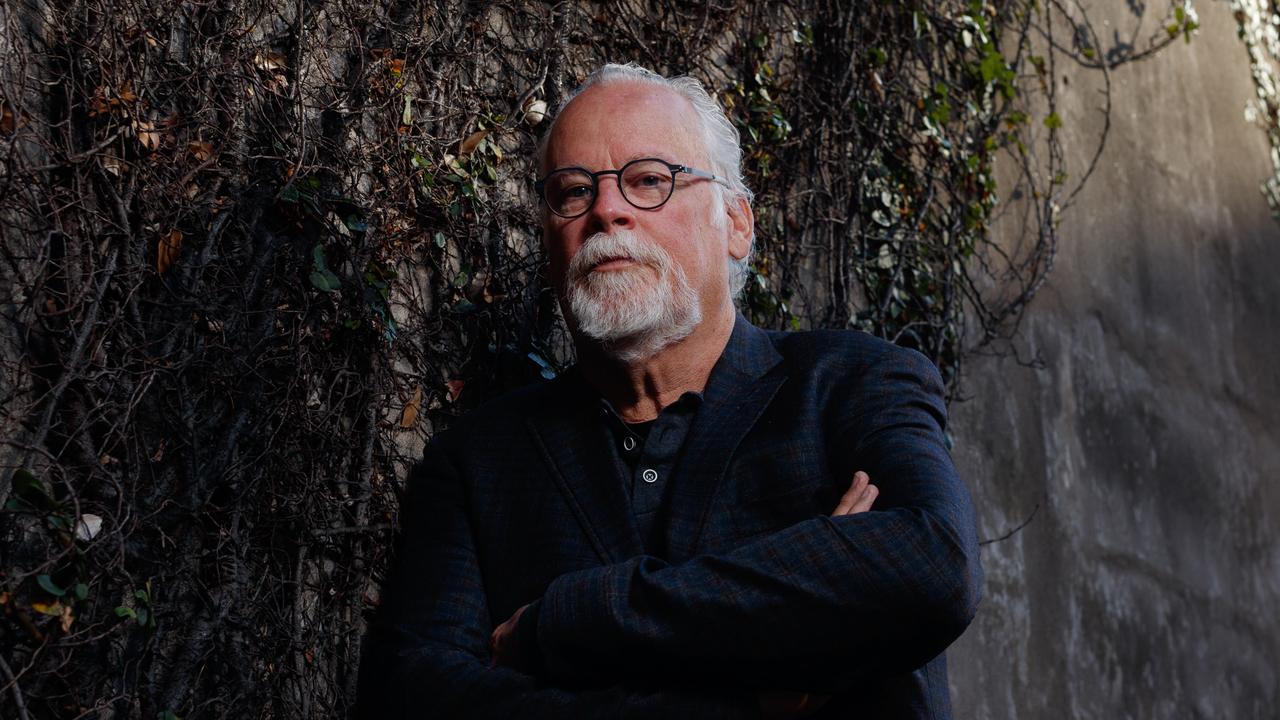Greg Weight’s Lloyd Rees a treasured image of an artist
Greg Weight said of Lloyd Rees it was “like being in the presence of a wise old sage, the unofficial elder of a tribe of artists”.

It was Brett Whiteley who suggested that photographer Greg Weight should seek out Lloyd Rees when he was making portraits of Australian artists in the 1970s. Whiteley loved Rees’s work, seeing his 1947 painting The Road to Berry (in the collection of the Art Gallery of NSW) as a sort of talisman in his own career as an artist.
Weight wasn’t disappointed by Rees. Meeting him in 1975, he said, was “like being in the presence of a wise old sage, the unofficial elder of a tribe of artists”. He took several photographs of him on that occasion, and again in 1983, in his studio at Rees’s home in Sydney’s Northwood. He came away, he wrote, “with some of my most treasured images of an artist”.
The photographs of Rees appear at the beginning of Weight’s collection Australian Artists: Portraits by Greg Weight (2004). Rees in 1983 was nearly 90 and the images of him were offered as a kind of emblem for the others, as if to say: This is what an artist is.
Rees certainly looked the part for his portrait. With his wild white hair, lined face and paint-encrusted work clothes, Rees suggested the sort of creative disarray we expect from an artist. He looks like a seer. He even wore a beret.
On the day Weight took this photograph in 1983, Rees was painting a view of Sydney Harbour, holding a paintbrush in each hand: one brush for pink paint, the other for blue. As happened with Turner’s late work, Rees’s paintings were changing: the images became more intangible, more filled with light. In earlier years his landscapes were distinctly earthy, the surfaces of his paintings encrusted in ways that called to mind the sunbaked and rain-washed surfaces of the ground they represented.
These surfaces may be recalled in the image of Rees’s paint-caked overalls. The deposits of paint, cracked in places, are the record of his working habits, just as the appearance of the landscapes he painted recorded patterns of weathering and erosion. The absence of the subject’s head in the photograph forces us to focus on his hands, to read them as we might a face.
The residue of a painter’s working life makes for a powerful portrait: think of Francis Bacon’s paint-spattered studio, preserved for posterity in Dublin, or the clots of paint, scraped from his palette, that built up on the walls of the room where Lucian Freud worked. There’s a will to fetishise such things by the art-loving public, and sometimes by the artists themselves: Stanley Spencer loved his increasingly dirty and paint-stained singlet so much when he was painting Christ in the Wilderness (examined in this column on February 14) that he couldn’t bear to wash it.
Coat, Hands and Brushes No 1 is on display at the Bathurst Regional Art Gallery, which houses the Lloyd Rees Reading Room in honour of his long association with the town (his wife was from Bathurst) and the many works by Rees that are in the gallery’s collection.
Greg Weight, Coat, Hands and Brushes No. 1, Portrait of Lloyd Rees (1983). Bathurst Regional Art Gallery


